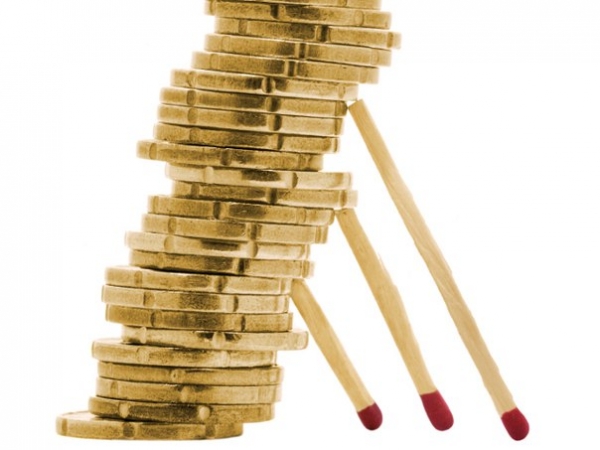
© THE MOSCOW the TIMES, 28 AUGUST 1994
The degree of stability in any society depends on a combination of several fundamental factors. Among them, the distribution of property among various social groups plays a particularly important role. The position of each citizen with regard to ownership and his or her resulting standard of living largely determines the relations between social classes.
With this in mind, it is interesting to ask to what extent the property of Russian citizens is secure. What influence will changes in this regard have on the developing situation in the country?
Soviet-style socialism was distinguished by the fact that the overwhelming majority of the population was effectively deprived of the right to private property. Even the nomenklatura (the “ruling class”) simply managed state property and took advantage of its privileges without ever having any property of its own. Only those active in the “shadow” economy, because their activity was illegal, gradually came to control some property.
Thus Russia entered into Mikhail Gorbachev’s perestroika and Boris Yeltsin’s “radical reform” in a state of property equilibrium or – as we used to say-everyone was equally poor.
One way to gauge the well-being of the Russian population on the eve of market reform is to consider the amount of money in savings deposits at the State Savings Bank in 1990. At that time, there were 216 billion rubles on account, or a little more than $ 40 billion by the realistic exchange rate of five rubles to the dollar. The average deposit was about $ 345.
Among the first steps taken by Yegor Gaidar’s reform team in early 1992 was the liberalization of prices. Prices rose and the relative value of the ruble fell, until by the middle of 1994 one could say that the cost of living had increased 1,000 times.Savings deposits were wiped out, enabling opposition politicians to claim that they had been “confiscated.”
Although the question of compensating the population for lost savings has been raised many times, it has not yet been solved as President Yeltsin and his administration argue that the government simply does not have the necessary resources. That state proposal of The prop
erty the BE Used for the this purpose the BE Continues to Slowly “studied.”
Instead, the government has adopted a privatization program that does not consider the question of providing compensation to the previous “owners” or their heirs. No one has paid attention to the moral or legal considerations that call for compensation for property taken against the owners’ will. This has considerably weakened the moral and legal basis of privatization in Russia.
In June 1994, the State Duma considered a draft law called, On Acknowledging the Property Rights of Russian Religious Organizations, but it was not accepted. The reason for the project’s rejection was that dealt with the return of
– or compensation for-property seized from religious groups by the Soviet government since 1917. The Duma was reluctant to set such a precedent, since it would certainly be followed by requests from the former owners of businesses, buildings and agricultural land.
Critics of the reforms do not miss an opportunity to point out that, when the Duma voted on this draft, communist deputies and delegates from Russia’s Choice (which includes the ideologue of privatization Anatoly Chubais) found common cause against it. Neither group wants to see the restoration of this stolen property.
In an address this June, Yeltsin reported that 70 percent of Russia’s industrial enterprises had already been transferred to private ownership. He also stated that 40 million Russian citizens had become owners of these privatized enterprises.
This summer marked the end of the first
“Voucher” – phase of privatization.
Approximately 150 million Russi; n- vouchers which were to be used to vatized enterprises. However, the voucher at market prices was. other words, 150 million Russians share of privatized property worth billion. In reality, the value of R dustrial structures is estimated $ 246 billion, giving Russian (tal of 1.2 percent of Russia’s The portion of ordinary citizen.- pated in privatization was actual since many simply sold their v
Who then now owns this 70 sia’s industry? The initial stage :: granted worker collectives: ment advantages and also Mr. vest on a cash basis. In reality vice of claiming that the worker shares is merely a way of <that enterprise directors cor / decision-making authority. 1 cases, it was precisely these. in a position to buy shares for is that the nomenklatura, takiza its position in the socialist quickly transformed itself into i property holders.
Together with the nome iar figures from the old shaz: ■ also been active in privat ment of reform, this group * 3 tion to invest, since most of i sharply affected by the pr dubitably, this group will play tive role in the second, vatization.
The result is that the people from the shadow ‘ing about 5 percent of the now formed our new class of preneurs. The remaining 95 ‘ulation has been deprived at its modest pre-perestroika: this bodes ill for a society tfca its stability on a sense of: ership.